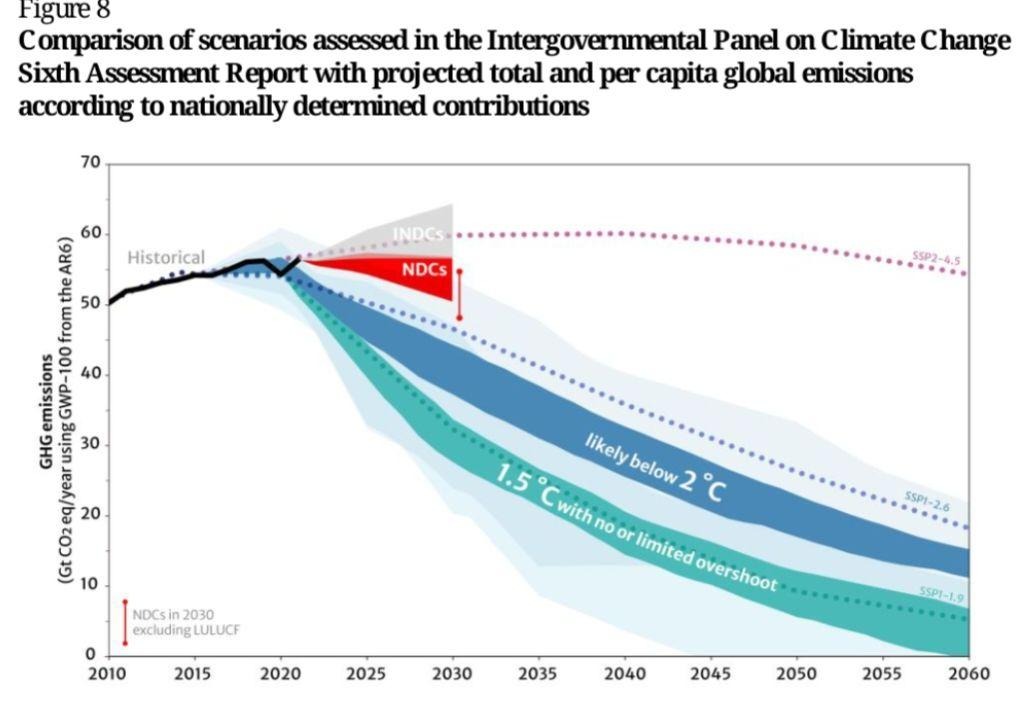November 16, 2023
Why has AI not destroyed jobs yet?
The predictions of the impacts of Artificial Intelligence on jobs vary from it having no impact to being catastrophic for workers.
The grand capitalist wizards of technology predict job destruction on a scale that will remodel society and (even though they are financing it) claim they fear it may destroy humanity.
Some on the centre-left see it as akin to a gimmick similar to the blockchain. Some Post-Keynesians assign a standard technology analysis to AI and say any job impacts or losses will be off-set by jobs created elsewhere.
Workers and HR consultancies state simply that ChatGPT exists, is used widely and there is no evidence that anyone has lost their job because of it. All that has happened is those workers are re-assigned.
So, what's going on?
There are a few things folks who ascribe to a classical economic analysis need to remember about technology to understand the impact of AI systems on jobs.
- AI is currently being taken up at the individual worker level, not the level of the firm.
- Organic Composition of Capital analysis applies to all technology.
- Any technology that increases productivity or efficiency through implementation can be viewed is a process of outsourcing.
- There are phases of technological implementation by capital and we have not really even started this yet when it comes to AI.
In employment, AI—specifically large language model AI like ChatGPT—has currently been taken up by individual workers to improve their own productivity. The impact is the same as when a highly productive, self-actualized worker thinks about making their own work easier and productive.
Maybe they learned that two screens are better than one for productivity and bought their own screen.
Maybe there was a new insole for a boot that works to reduce fatigue and bought their own.
Maybe they realized that drinking at lunch increases mistakes and stopped doing that.
Maybe they learn how to use templates for writing or find a new set-up of their workplace that increases the rate of production without negatively impacting safety.
Individual workers have many ways to increase their own productivity. Highly productive individual workers tend to seek out these productivity measures and try them out.
Good managers tend to follow the actions of highly productive workers and try to standardize the best processes.
We are at this stage with AI. You hear anecdotes about all the fun and interesting ways people are figuring out how to use ChatGPT to make their own work easier. This does not lead to job loss.
It is very different from when capital implement productivity measures at the firm level.
Capital is interested in reducing costs of production over the term by which it calculates costs of unit production. Capital measures the costs of implementing technology compared to paying workers to do the work.
If a technology can be implemented by capital at the firm level, it will be done so to reduce the worker component of production.
The reason that work will be impacted is because this technology is far from free. It costs a lot to run these models.
The increase in productivity must be more than the net saving of implementing the technology and cutting workers. Otherwise, it will not be implemented.
This has happened at some firms already who are in a competitive environment at the level of data production and use. Namely, investment, tech, and communication firms.
These companies already had developers in-house who were able to build specific AI processes to affect productivity. The increased cost of building, training, testing, and implementing the new technology is still being done even in these firms who were well placed to immediately implement the tech.
Other firms are not in this place yet, but they will be as
- the cost of using AI comes down (more on this later)
- the models that work can be copied.
- firms start selling tested technology with fancy graphs that show productivity increases across the firm.
- managers figure out that while value creation per unit might go down (LLM is not a good as a worker), this lower value for the products/services they sell can be made-up by the massive decrease in the per-unit cost of production.
Finally, the implementation will happen because of competition. If a firm in a sector implemented the new technology effectively all other firms will be forced to implement it or they will be out-competed.
The job losses are guaranteed in some firms as this is the process of technology implementation.
The costs of AI will come down as production and the number of people who know how to do it go up.
Technology is outsourcing. The jobs locally will be replaced elsewhere, but they likely will not be accessible to those in communities affected by the job losses. And, those newly created jobs will likely be paid less in total than the jobs created, resulting in a net transfer of wealth from labour to capital.
Transferring wealth from labour to capital is the point of game here. It will happen so long as the economic program is called "capitalism".
As left-wing unionists, we should be developing this analysis with an eye to protections for workers at the individual worker level through education, at the firm level through collective agreements, and at the economic/society level through state regulations.
There are many other ways that AI will impact work. It will take some time to arrive. But, those impacts are coming and they are going to arrive.
Climate Change failure
We are on course for not even 5% below 1990 levels by 2030. We needed to be 43% lower.
Only one out of 42 global economic indicators — electric vehicle sales — is on track to meet a 2030 target compatible with 1.5 C.


Insect Biodiversity
Reuters has a great review of insect biodiversity and the decline in insect populations.